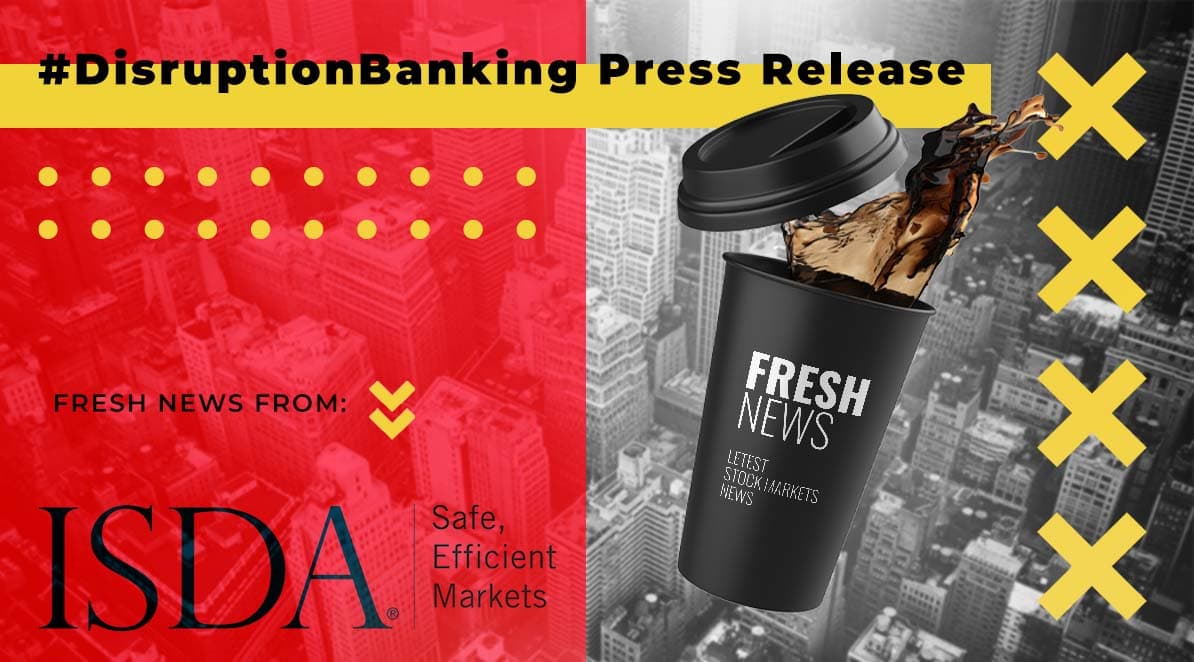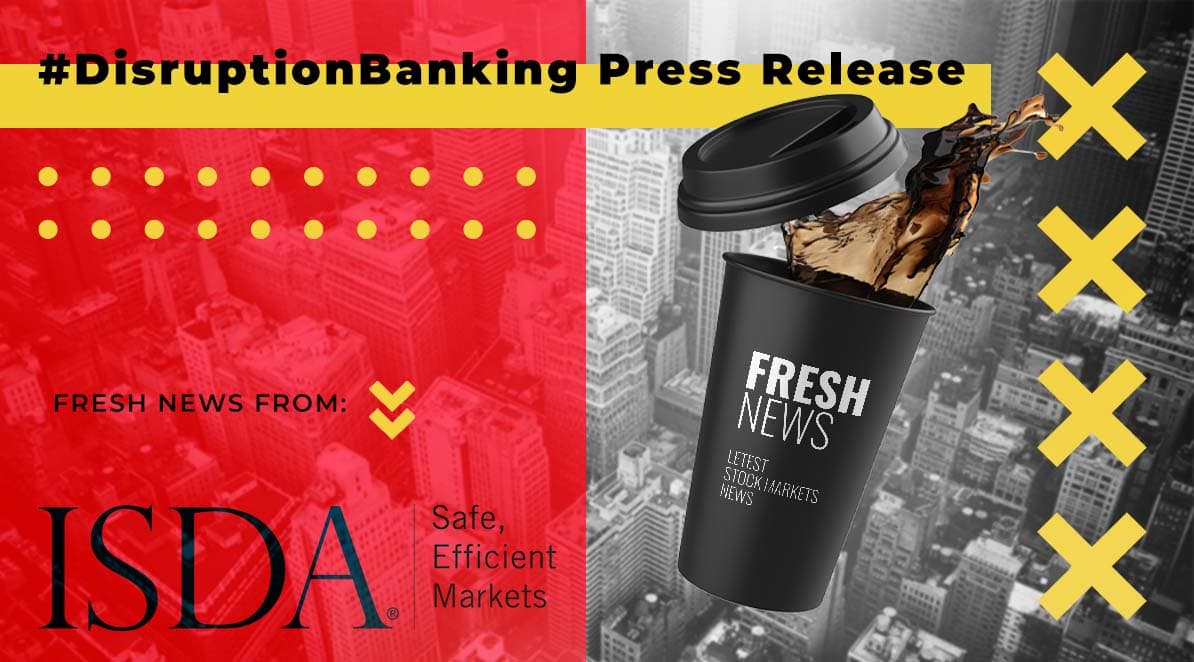DisruptionBanking interviews Dr András Rung, CEO and founder of Budapest-based UX designers Ergomania, on their rise from two-man-startup to leading partner for banks and fintechs across Europe.
Ergomania’s team has become a sought-after partner for enterprises looking to create new fintech UX experiences. How did this come about?
The whole story started when I was working as a freelance UX consultant, which I had been for almost 10 years. Things happened very organically; I started to take on more and more projects which increased in complexity until I couldn’t manage alone. The common solution for sought after freelancers is to hire another one for an extra pair of hands, but I took a chance, hired one employee, and founded Ergomania. This was in 2012. We were the first UX company in Hungary (previously, there had been digital agencies with UX departments, but no company that specialised in UX).
Step by step we started to receive more projects centred around digitisation of a service, but the big change happened in 2013-14 when we signed contracts with our first large multinational clients: BNP Paribas, then Telenor and finally OTP Banking Group. In order to serve them I had to increase our team to five people. Working with freelancers was very tempting, but again, in Hungary the field is a source of massive headaches. There is a lot of competition in this region – especially on price – coupled with a pervasive lack of high quality freelancers whose work you can trust. I won’t go into the problems like misunderstanding digital banking ideology, or exactly what Fintech is, but what I’ll say is that these hesitancies can show up in the grain and design of the UX. Having grown consistently alongside the digital revolution with a raft of full-time, dependable designers helped Ergomania become reliable partners for those seeking to disrupt.
Can you tell me more about your work with pan-European banks?
Our first banking project was for the Hungarian branch of Italy’s UniCredit bank. We were focusing on helping customers to access information about loans – from simple cash loans to mortgages. It was a small but successful project, setting a positive example for other banks.
We have since worked on around 30 fintech projects, ranging from mobile projects to redesigning internet banks. We also work on making front-office systems more effective and we are creating a white-label application for sales automation.
In general, the processes for creating a fintech site are similar to those for an e-commerce site. With fintechs though, at times you have to put more attention into discovering their business needs. What is really important in banking UX is to put a lot of emphasis on stakeholder interviews, discovering what they really want or their expectations. I think you can create a very good banking or fintech experience if you apply these processes effectively.
How competitive is the UX design market for banks and fintech today?
I think it depends on the region, as each has its own challenges. For example, in Central Europe – with more developed countries in UX, such as the Czech Republic, Slovakia and Hungary – the field is very competitive. There is a lot of competition on price in this region. If you go to the Balkans, there is lower demand and far fewer providers. In Western Europe, the demand is much stronger.
“We have worked on around 30 fintech projects.
Without going into names, can you go into details on what pitfalls bank executives fall into when entering the UX design market?
(laughs) Discretion is an essential component to our work but what I will say is that good communication is essential – setting strong foundations by talking to and understanding each other very well. If this happens then we can progress much faster and, in general, projects will be shorter, cheaper and more effective. It’s such a big temptation to rush though, so few resist it.
Banks can sometimes hesitate to invest because they are afraid that UX service design is going to add complexity to their world. Of course, it probably feels that way the first time they need it, but like if they start to use it more frequently then it gets easier and makes things cheaper. Good planning saves time and money – the earlier that the design process is started the better.
The bigger area problems happen when there isn’t enough emphasis on user research before a project begins. Banks know what their customers want so the risk is lower, but fintechs are typically so tech driven that they sometimes don’t have sufficient understanding of user needs. Another one is when fintechs don’t pay enough attention to the return on investment, arguably a hard thing to measure but primordial nonetheless. Usually, the return on investment in UX in service design comes several years after implementation.
Bank staff should definitely educate themselves on working with UX and with product design people. They have to build a solid knowledge of ways of cooperation and multi-step feedback in order to ensure a smooth production line, and I think the sooner they do so the easier it’ll be– now and in the future.
Things are constantly changing and reshaping for them, so if they cannot run a simple update smoothly they’ll struggle when automation and voice become standardised, and again when they’ll need AI features.
Things are constantly changing for us UX providers, too. When I was at Lloyds Bank recently I was surprised at how big their internal teams were. We’ve come a long way in just a few years, when BNP Paribas Fortis had just one member of staff working on UX, in an organisation of 40,000 people!
“Things are constantly changing and reshaping for them, so if they cannot run a simple update smoothly they’ll struggle when automation and voice become standardised, and again when they’ll need AI features”















